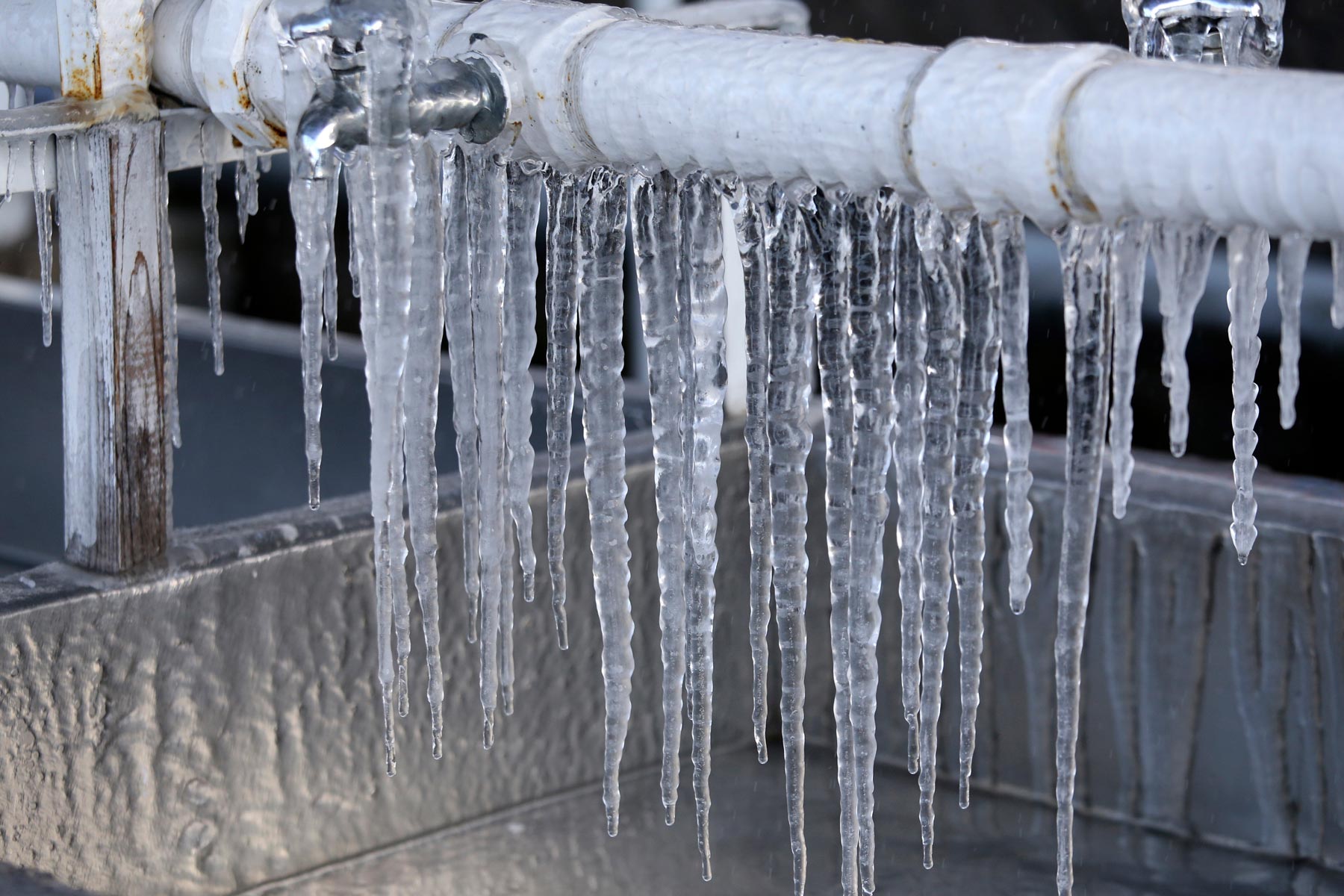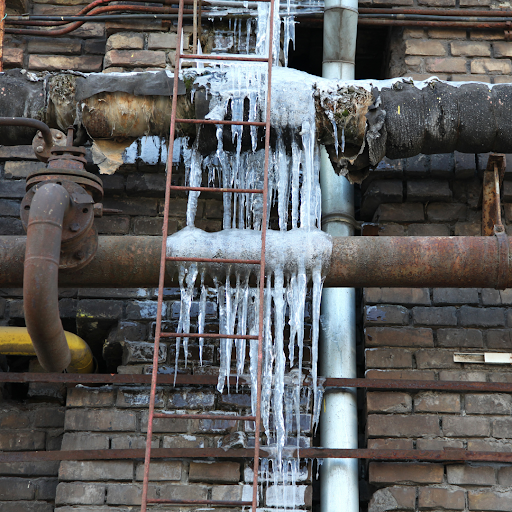How to Protect Your Plumbing from Cold Weather: Essential Tips
How to Protect Your Plumbing from Cold Weather: Essential Tips
Blog Article
Right here below you'll find additional helpful advice when it comes to Prevent Frozen Pipes .

Winter can damage your plumbing, particularly by freezing pipelines. Right here's how to prevent it from occurring and what to do if it does.
Introduction
As temperature levels drop, the danger of frozen pipelines boosts, possibly causing pricey repair services and water damage. Recognizing exactly how to stop frozen pipelines is crucial for house owners in cold climates.
Prevention Tips
Shielding susceptible pipelines
Cover pipelines in insulation sleeves or use heat tape to secure them from freezing temperature levels. Concentrate on pipes in unheated or external locations of the home.
Home heating strategies
Maintain indoor rooms properly heated, especially locations with plumbing. Open cabinet doors to permit cozy air to circulate around pipes under sinks.
Exactly how to recognize frozen pipes
Try to find lowered water flow from faucets, unusual smells or noises from pipelines, and visible frost on revealed pipes.
Long-Term Solutions
Structural adjustments
Take into consideration rerouting pipes far from outside wall surfaces or unheated areas. Include added insulation to attics, basements, and crawl spaces.
Upgrading insulation
Invest in high-quality insulation for pipelines, attics, and wall surfaces. Appropriate insulation aids preserve consistent temperatures and minimizes the threat of icy pipelines.
Safeguarding Outdoor Plumbing
Garden hoses and outside faucets
Separate and drain pipes yard pipes before wintertime. Install frost-proof spigots or cover outside taps with insulated caps.
Understanding Frozen Pipelines
What triggers pipelines to ice up?
Pipes freeze when exposed to temperatures listed below 32 ° F (0 ° C) for expanded durations. As water inside the pipelines freezes, it expands, taxing the pipe wall surfaces and potentially creating them to burst.
Threats and problems
Frozen pipes can result in water supply disruptions, property damage, and expensive repair work. Burst pipes can flooding homes and create substantial architectural damage.
Signs of Frozen Piping
Identifying frozen pipelines early can avoid them from rupturing.
What to Do If Your Pipes Freeze
Immediate activities to take
If you suspect icy pipes, maintain taps open to eliminate stress as the ice thaws. Use a hairdryer or towels soaked in hot water to thaw pipelines gradually.
Conclusion
Preventing icy pipes requires aggressive steps and fast actions. By comprehending the reasons, indications, and preventive measures, home owners can safeguard their pipes during winter.
5 Ways to Prevent Frozen Pipes
Drain Outdoor Faucets and Disconnect Hoses
First, close the shut-off valve that controls the flow of water in the pipe to your outdoor faucet. Then, head outside to disconnect and drain your hose and open the outdoor faucet to allow the water to completely drain out of the line. Turn off the faucet when done. Finally, head back to the shut-off valve and drain the remaining water inside the pipe into a bucket or container. Additionally, if you have a home irrigation system, you should consider hiring an expert to clear the system of water each year.
Insulate Pipes
One of the best and most cost-effective methods for preventing frozen water pipes is to wrap your pipes with insulation. This is especially important for areas in your home that aren’t exposed to heat, such as an attic. We suggest using foam sleeves, which can typically be found at your local hardware store.
Keep Heat Running at 65
Your pipes are located inside your walls, and the temperature there is much colder than the rest of the house. To prevent your pipes from freezing, The Insurance Information Institute suggests that you keep your home heated to at least 65 degrees, even when traveling. You may want to invest in smart devices that can keep an eye on the temperature in your home while you’re away.
Leave Water Dripping
Moving water — even a small trickle — can prevent ice from forming inside your pipes. When freezing temps are imminent, start a drip of water from all faucets that serve exposed pipes. Leaving a few faucets running will also help relieve pressure inside the pipes and help prevent a rupture if the water inside freezes.
Open Cupboard Doors
Warm your kitchen and bathroom pipes by opening cupboards and vanities. You should also leave your interior doors ajar to help warm air circulate evenly throughout your home.

We are very enthusiastic about Prevent Frozen Pipes and I really hope you liked my article. Kindly take the time to promote this post if you enjoyed reading it. We truly appreciate reading our article about 6 Ways to Prevent Frozen Pipes.
Get Quote Now Report this page